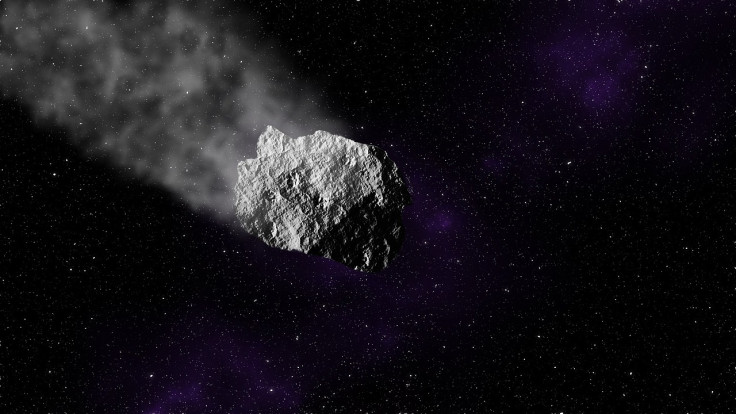Asteroid The Size Of An Olympic Swimming Pool Might Collide With Earth In 23 Years
KEY POINTS
- The asteroid remains at the top of ESA's risk list
- It is estimated to measure about 165 feet in diameter
- It is large enough to cause some damage
An asteroid named 2023 DW has a slim chance of throttling into Earth on Valentine's Day more than 20 years from now.
The space rock, which is about the size of an Olympic swimming pool, has only a 1-in-600 chance of colliding with our planet, according to the New York Post.
"We've been tracking a new asteroid named 2023 DW that has a very small chance of impacting Earth in 2046," NASA's Planetary Defense Coordination Office wrote on Twitter.
We've been tracking a new asteroid named 2023 DW that has a very small chance of impacting Earth in 2046. Often when new objects are first discovered, it takes several weeks of data to reduce the uncertainties and adequately predict their orbits years into the future. (1/2) pic.twitter.com/SaLC0AUSdP
— NASA Asteroid Watch (@AsteroidWatch) March 7, 2023
"Orbit analysts will continue to monitor asteroid 2023 DW and update predictions as more data comes in," it added.
The asteroid currently remains at the top of the European Space Agency's (ESA) risk list, which catalogs all space objects that have a greater than zero probability of potential Earth impact events.
These objects are given a score on the Torino scale, which is used to categorize the chances of impact. A score of 1 would mean the space object has a very small chance of collision. It does not call for public attention or concern because a collision is extremely unlikely.
Meanwhile, a score of 0 would mean the chance of a collision is zero or the likelihood is so low that it is effectively zero.
2023 DW has a score of 1 on ESA's risk list.
The asteroid is estimated to measure about 165 feet (50 meters) in diameter and is large enough to cause some damage. However, the severity of the damage will not be nearly as bad as the impact of the roughly 7.5-mile-wide (12 kilometers) rock that struck the planet 66 million years ago and wiped dinosaurs off the face of the Earth, according to Live Science.
2023 DW can still cause damage, as it is about twice as big as the meteor that exploded over Chelyabinsk, Russia, in 2013. The impact left about 1,500 people injured, and buildings were damaged.
Astronomer Piero Sicoli sketched the potential impact zone of 2023 DW. However, he noted that it is only a possible map and could be ruled out as new observations of the asteroid are made.
The potential impact zone stretches across the continental United States and through much of Southeast Asia, as per Sicoli's findings.
#2023DW. With just 3 days of arc, I found about 1 in 400 chance of impact on Feb. 14, 2046 (JPL 1/770). Surely this possibility will soon be ruled out, however, as an exercise, I calculated where the asteroid might fall if this possibility occurred. pic.twitter.com/ldlSYJMvMz
— PS (@Piero_Sicoli) March 2, 2023
"[T]hanks to the computational speed of computers, it is now possible to process tens of thousands of orbit-clones and thus estimate how many solutions lead to an impact," Sicoli, who specializes in near-Earth objects at the Italian Sormano Astronomical Observatory, told Vice News.
"In the specific case of my graph, for example, I have processed almost 65,000 different possible orbits of 2023 DW and only 150 of these indicate an impact," he explained, adding that this means there's a "99.77% chance the asteroid will miss the Earth."
Speaking about the possible damage, Sicoli noted, "Generally speaking, it can be said that for asteroids of this size there would certainly be some damage, however limited to the fall zone only. Given the percentages mentioned above, however, we can say that there is no cause for concern."

© Copyright IBTimes 2024. All rights reserved.






















